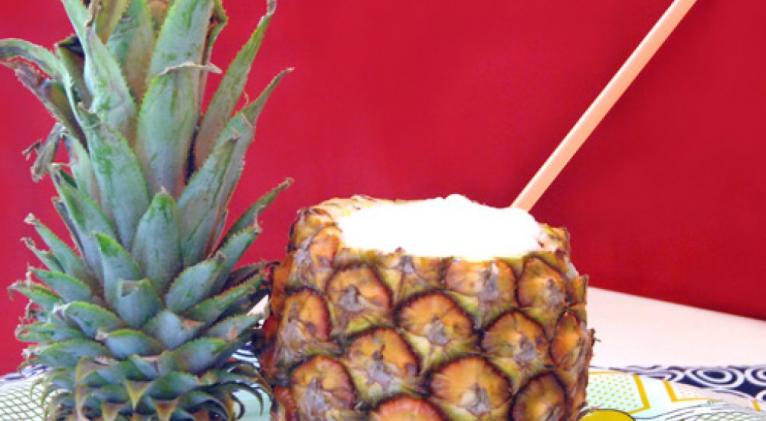Cuban pineapples make breakthroughs in European market

After several years of absence from the international market, pineapples from the Cuban province of Ciego de Ávila have entered the European market with the prospect of increased exports thanks to demand for the fruit.
The exporting initiative was realized by farmers from state enterprises and the cooperative sector making up the Empresa Agroindustrial de Ceballos, the only company on the island equipped for such exports.
According to the director of the company, Wilver Bringas Fernández, from January through September 2014, over 500 tons of fresh fruit were sent to Italy and France, surpassing the targets for this year, with exports due to continue.
Fernández specified that they expect to extend exports to other European countries, where the size, sweetness and other qualities of the fruit have sparked interest. This variety of pineapple known as MD-2, was brought to Cuba from Costa Rica and is exclusively grown in Ciego de Ávila.
According to experts, the crop yield is on average 89 tons per hectare, three times more than that of the Española Roja variety, which is the most commonly grown in the country.
A fruit possessing plant, which includes clearing, fumigation, drying and other processes, is located in the south of the Ciego de Ávila region. The fruit is exported with its crown to protect it and ensure the best quality.
The supply of the fruit to the foreign market and also to tourist centers across the country has provided important monetary income, which has enabled continued cultivation and the acquisition of other supplies.
Ciego de Ávila has more than 500 hectares dedicated to the cultivation of the MD-2 and Española Roja pineapple varieties.
The province has harvested over 1,400 of the expected 1,500 tons of the so-called queen of Cuban fruit so far this year. This is especially positive given that the fruit was one of the most negatively affected crops during the 1990s and early 2000s.













Add new comment